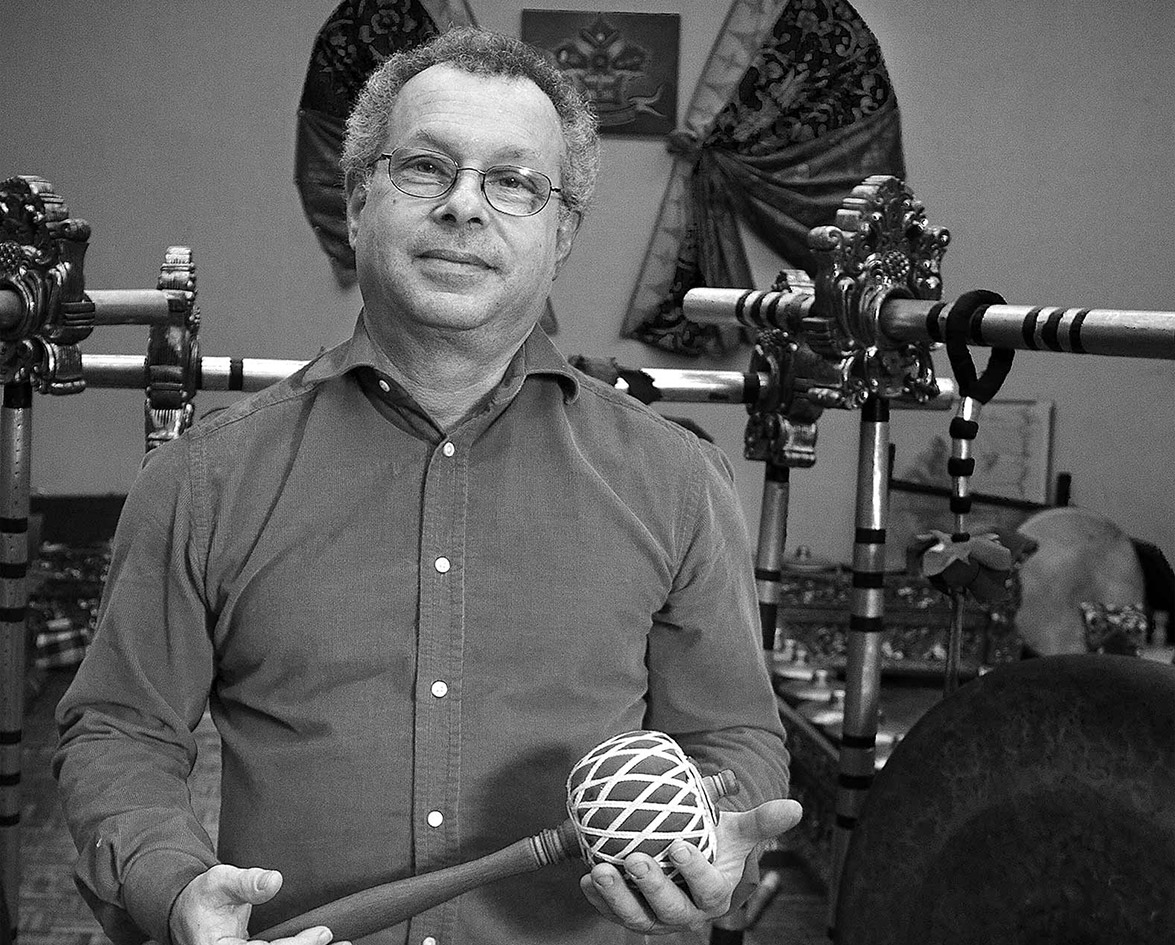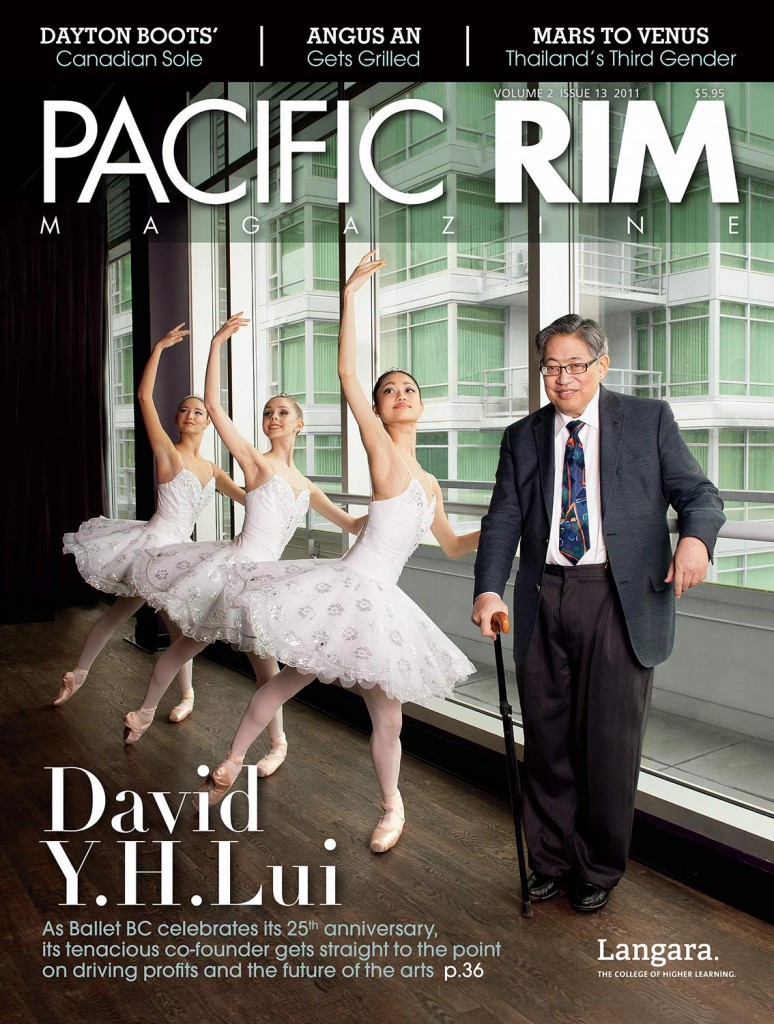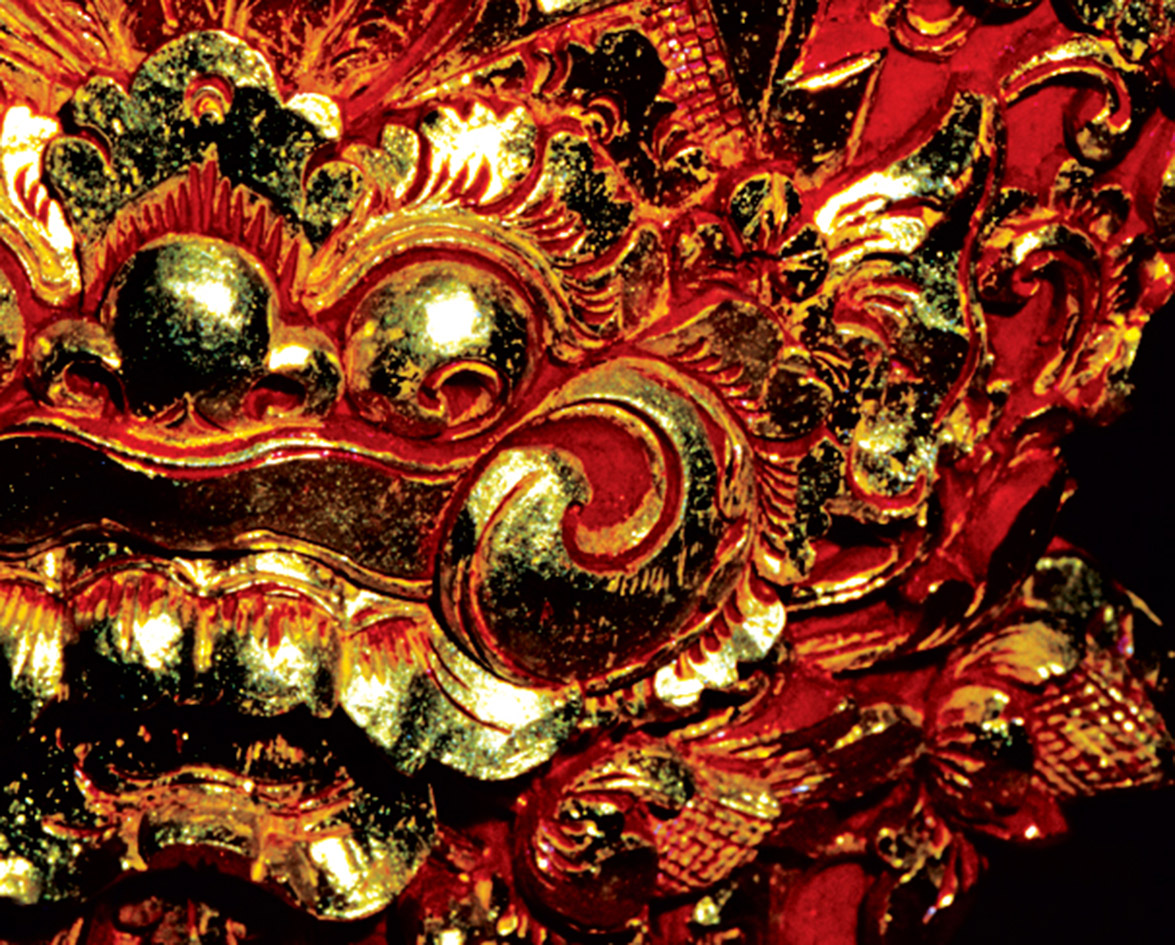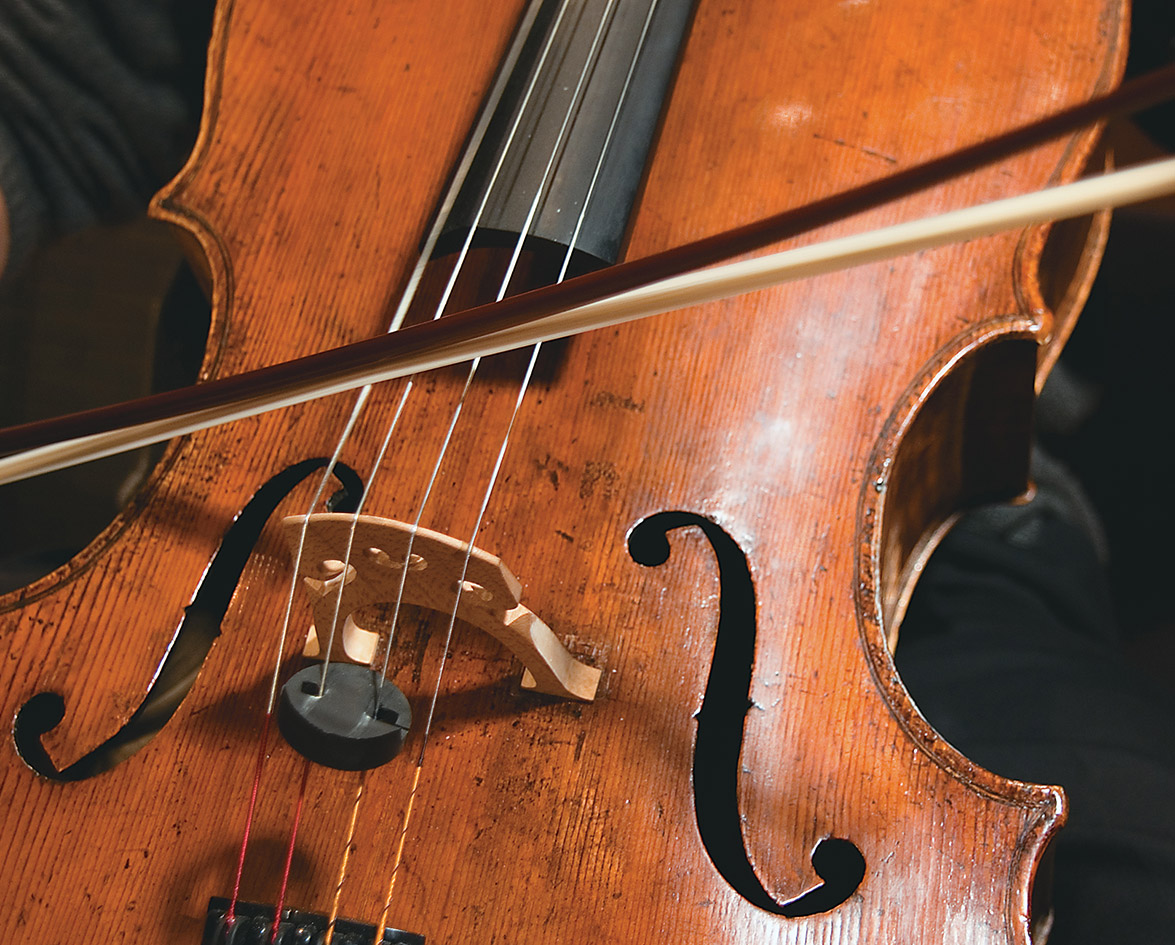Vibrant melodies emanate from the basement of the Asian Centre at the University of British Columbia on a Wednesday evening, while a local Balinese orchestra known as Gamelan Gita Asmara rehearses. The musicians have shed their shoes in a pile at the entrance of the room, and young children squeal and play as their parents are deep in rehearsal. Sitting cross-legged in the centre of the room, each musician is playing one of the many lustrous bronze instruments. These metallophones, gongs, cymbals and drums are uniquely built, tuned, and played as a cohesive unit collectively known as gamelan.
Gamelan Gita Asmara was founded in 2001 by UBC professor Michael Tenzer, who joined the School of Music in 1996. When asked to comment on the success of their shows, Tenzer simply says that it’s because gamelan is a beautiful musical form with exceptionally high standards for composition, performance, and with “little or no influence from western music.”
The New York City native was introduced to gamelan at age 19 while studying musical composition at Yale University. After overhearing an excited conversation about gamelan, Tenzer rushed out to purchase a record, and says that “within ten minutes I had made a pact with myself to go to Bali and learn how to make the beautiful and challenging sounds that were rushing out of the speakers.” What started as a crush has since turned into a lifelong passion, and over the last 30 years he estimates having collectively spent five years in Bali studying, playing and perfecting his personal art of gamelan. This passion has also led Tenzer to write articles and books about Balinese music, and today he is a well-known scholar, composer and musician of gamelan, sharing his passion and expertise with the broader Vancouver community.
Tenzer says the rise of gamelan’s popularity in Vancouver can be traced to Expo 86. At the time, he was finishing his doctorate at the University of California Berkeley, where he also co-founded and directed the music ensemble Gamelan Sekar Jaya. The Indonesian government, having sponsored a pavilion at Expo, invited Tenzer’s group to perform during the fair in Vancouver. Sekar Jaya, along with several other international gamelan groups, formed the first international gamelan festival.
At this mid-week rehearsal at UBC, Tenzer moves effortlessly from one instrument to another, taking hold of them to demonstrate the musical piece through action and repetition. According to him, eventually every gamelan musician “worth his or her salt” knows how to play all of the instruments. This is the traditional relationship between teacher and student for gamelan; there is no musical score and the group learns each piece aurally, replicating what they experience during rehearsals.
It’s a “labour of love,” explains Tenzer. An ability to make the time commitment and to learn the piece through relentless and determined practice is essential to perfecting the musical performance. Gita Asmara’s 25 members meet twice a week over the course of eight months for intense rehearsals that last two and a half hours in order to prepare a piece for performance.
The interlocking rhythms and riveting sounds from this rehearsal session are mesmerizing, complex and tranquil at the same time. The music is enhanced by the movements of elegant Balinese dancers, and it’s this unique combination of music and dance that draws patrons to Gita Asmara’s shows every spring. The collaboration and execution of gamelan is a tremendous challenge to which Tenzer and Gita Asmara triumphantly rise, producing a well-rounded musical experience filled with refined actions and sounds that reverberate within each person who experiences them.











